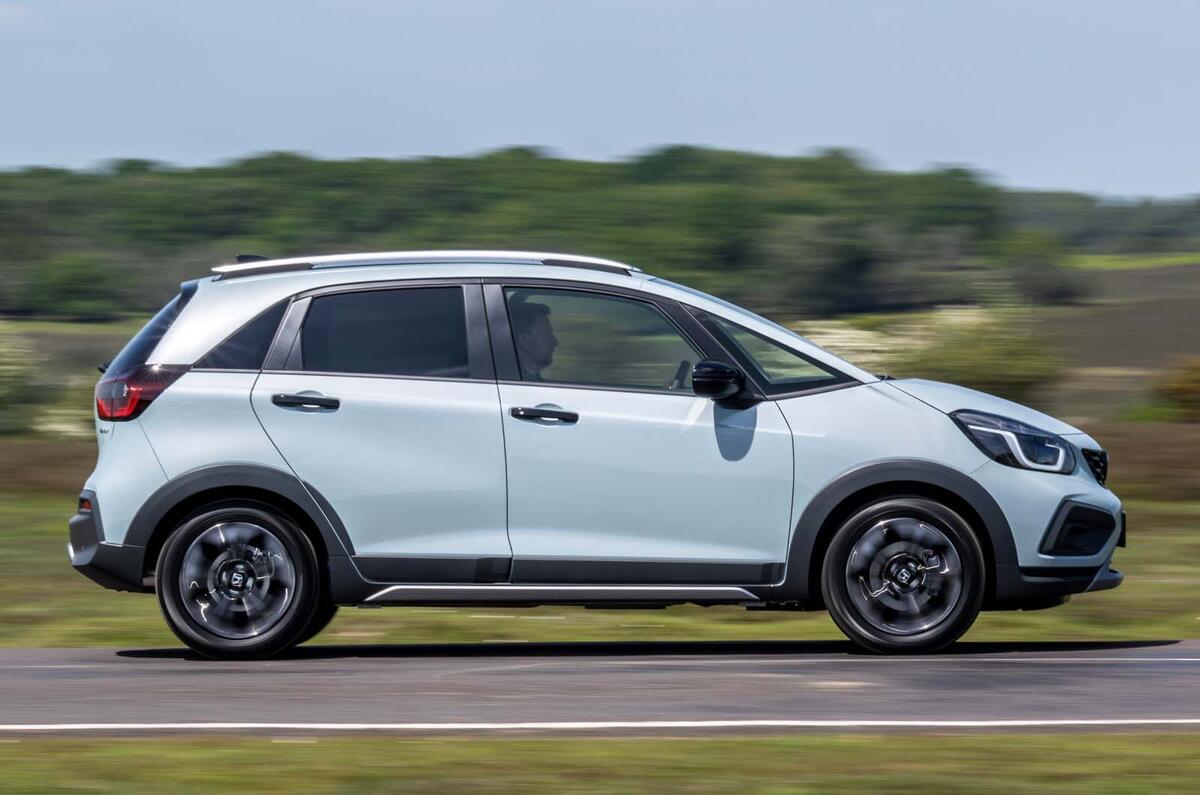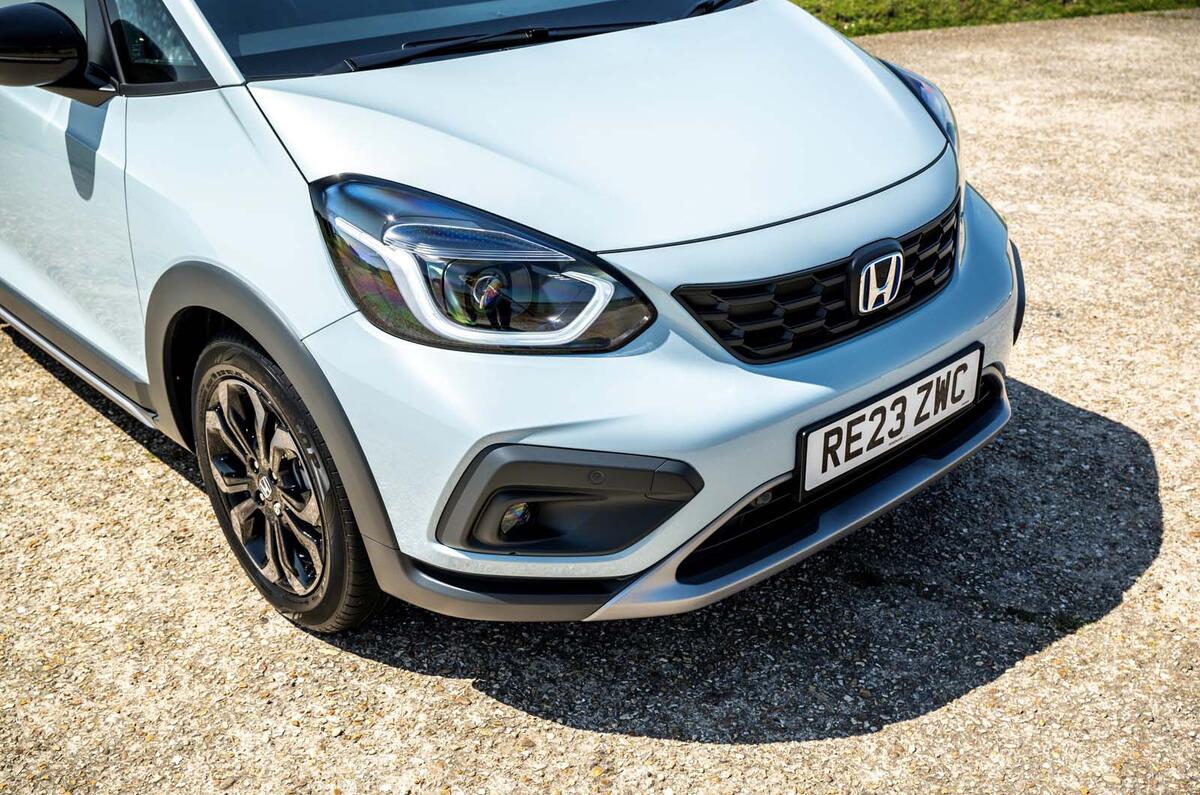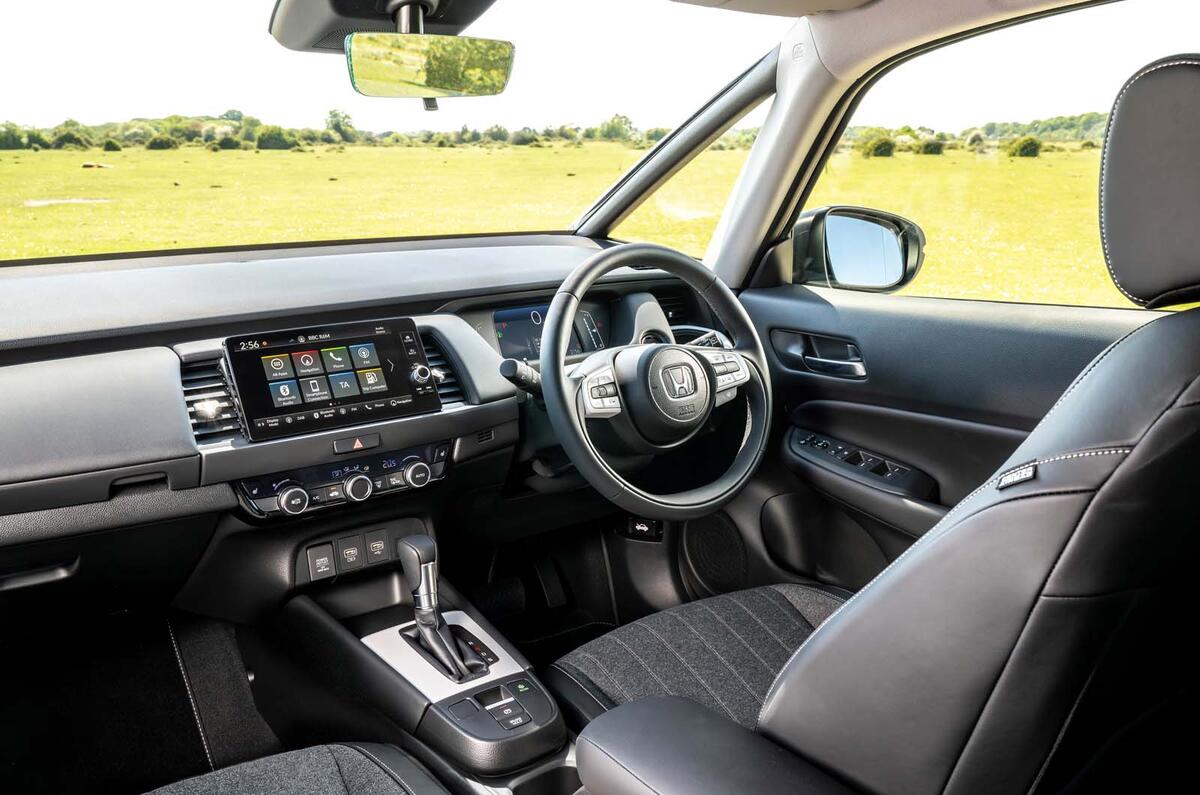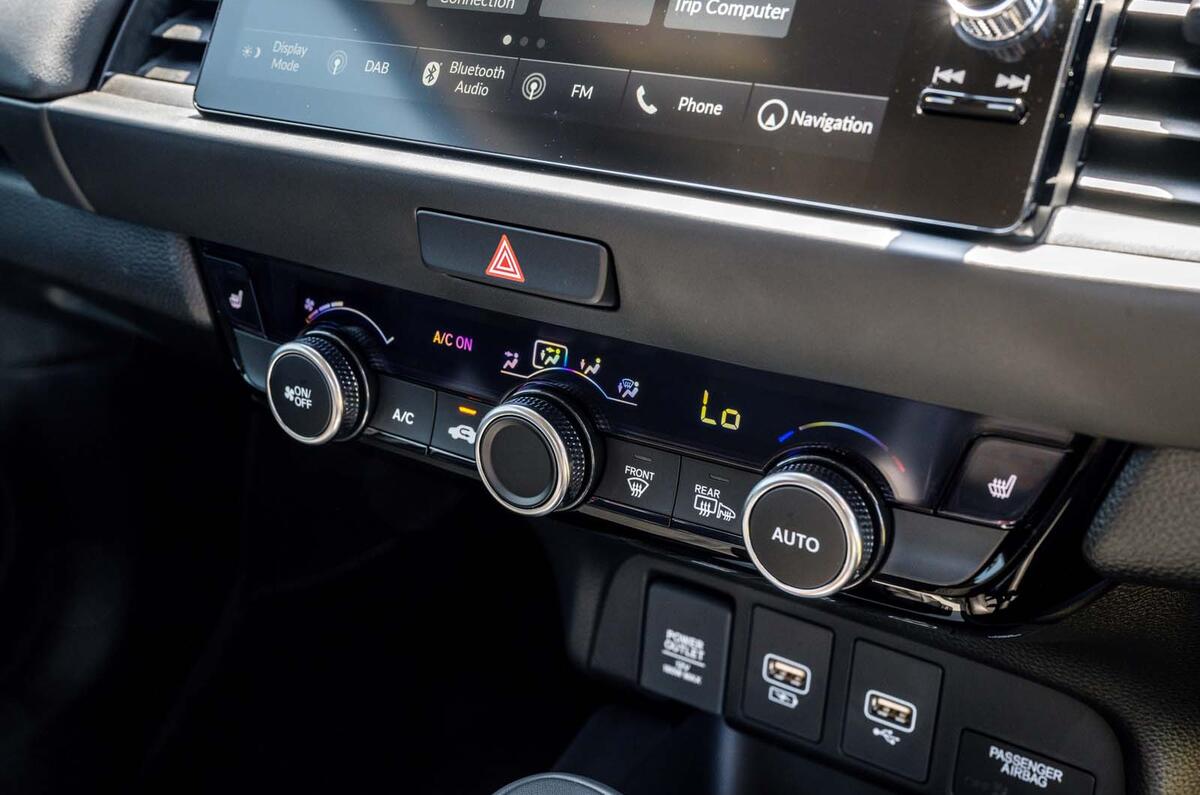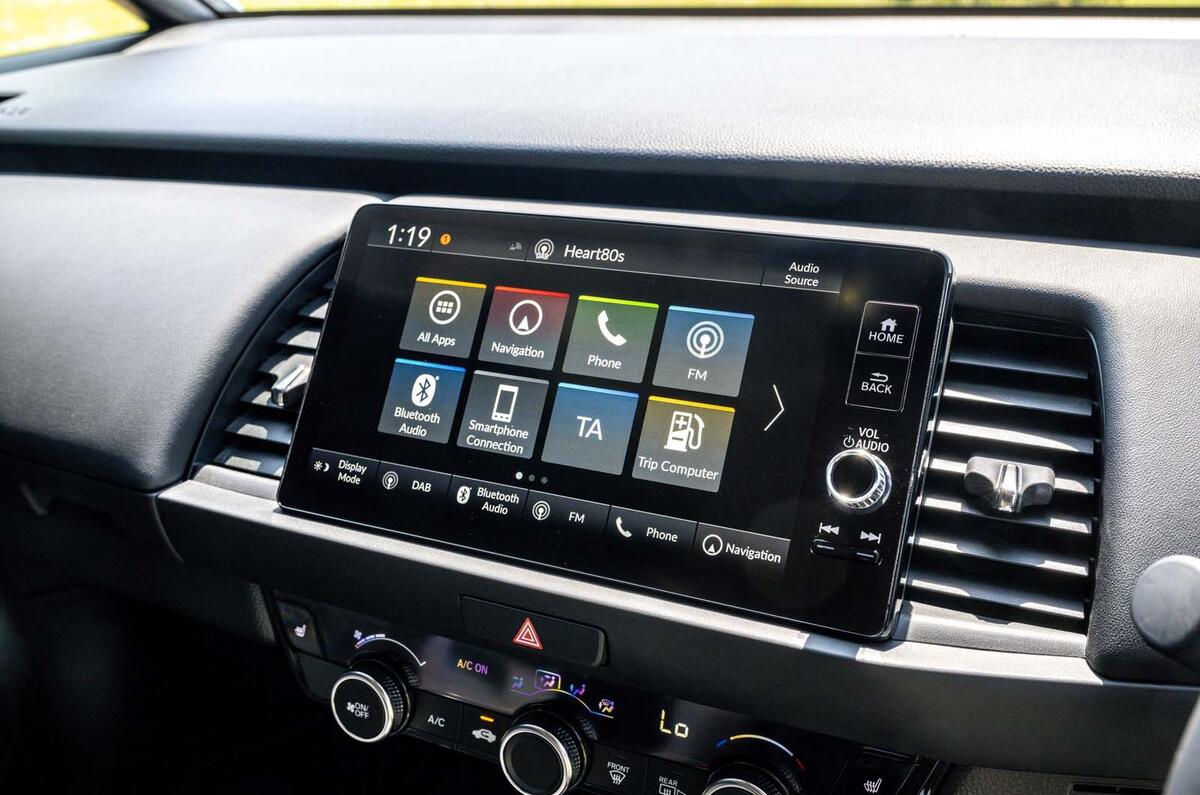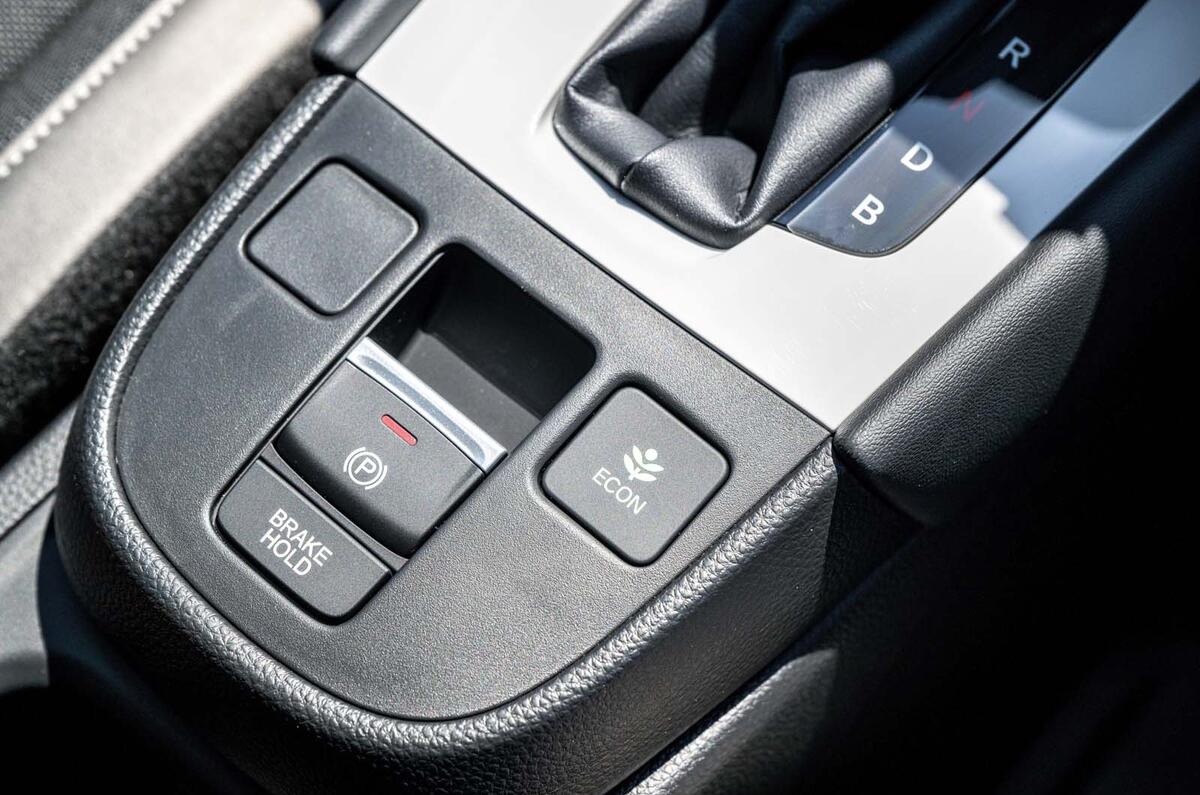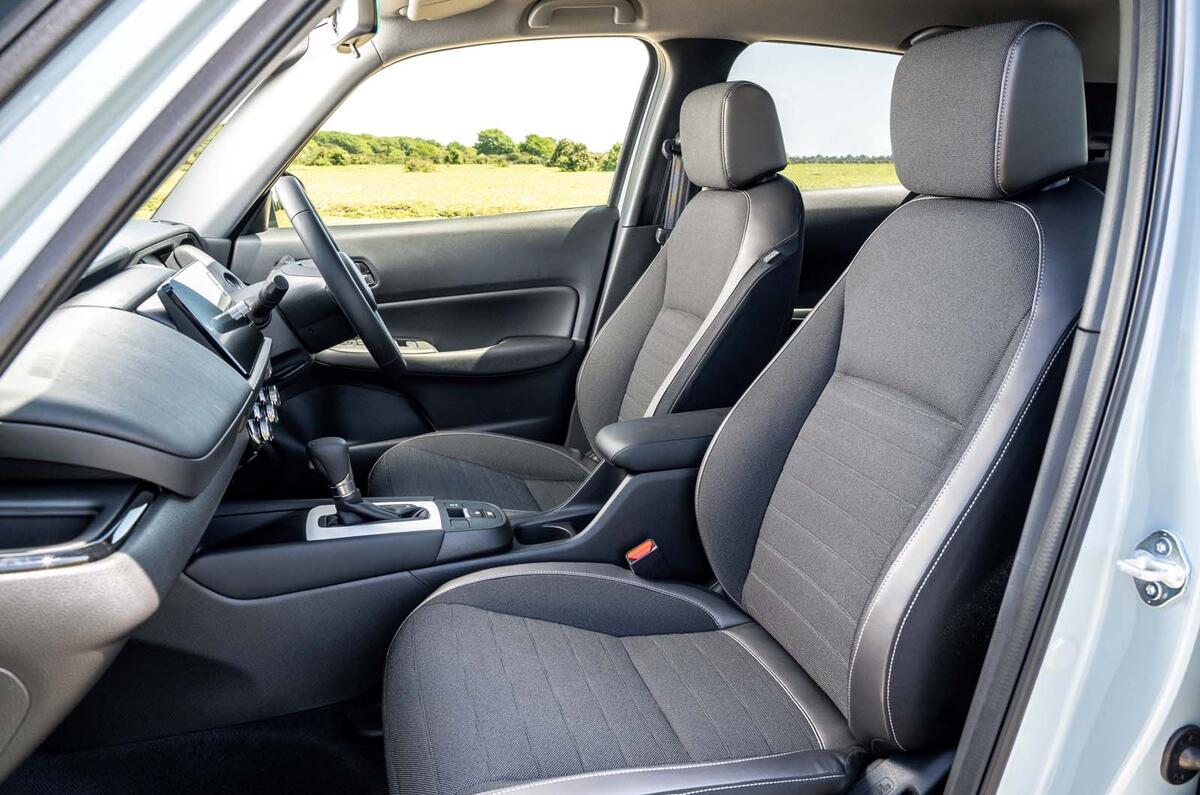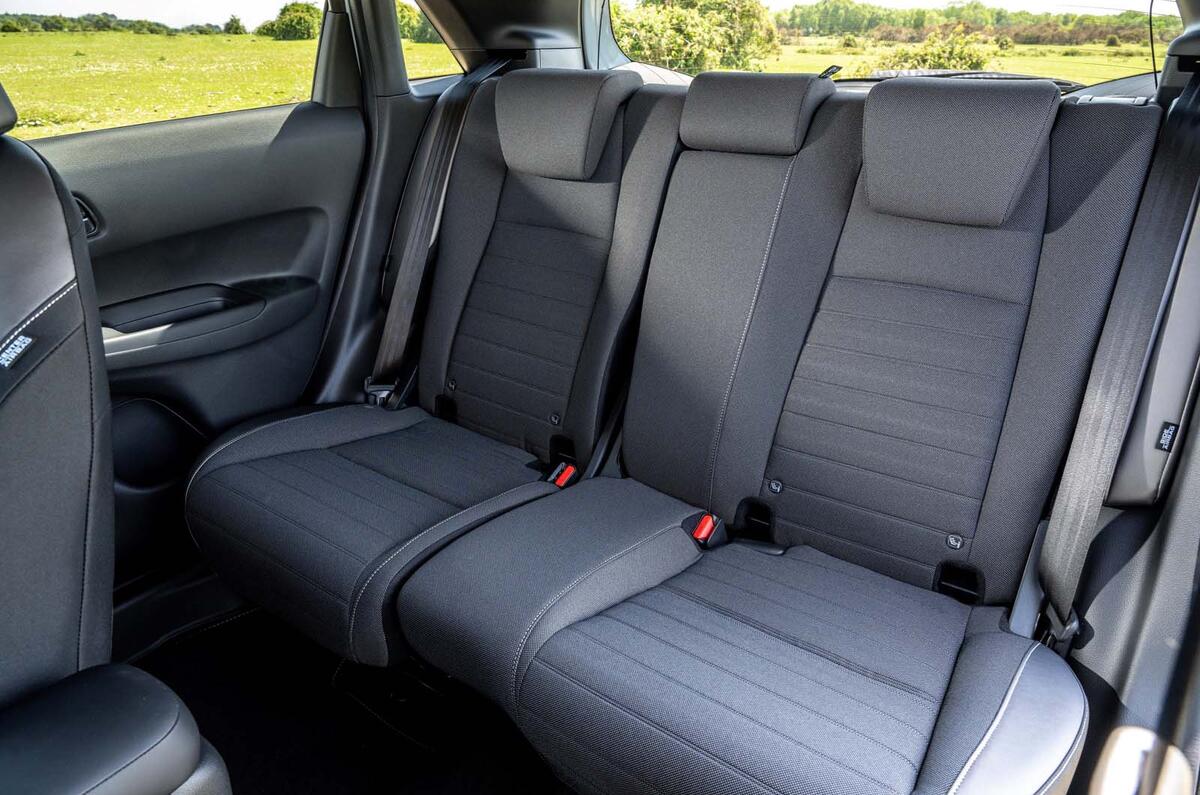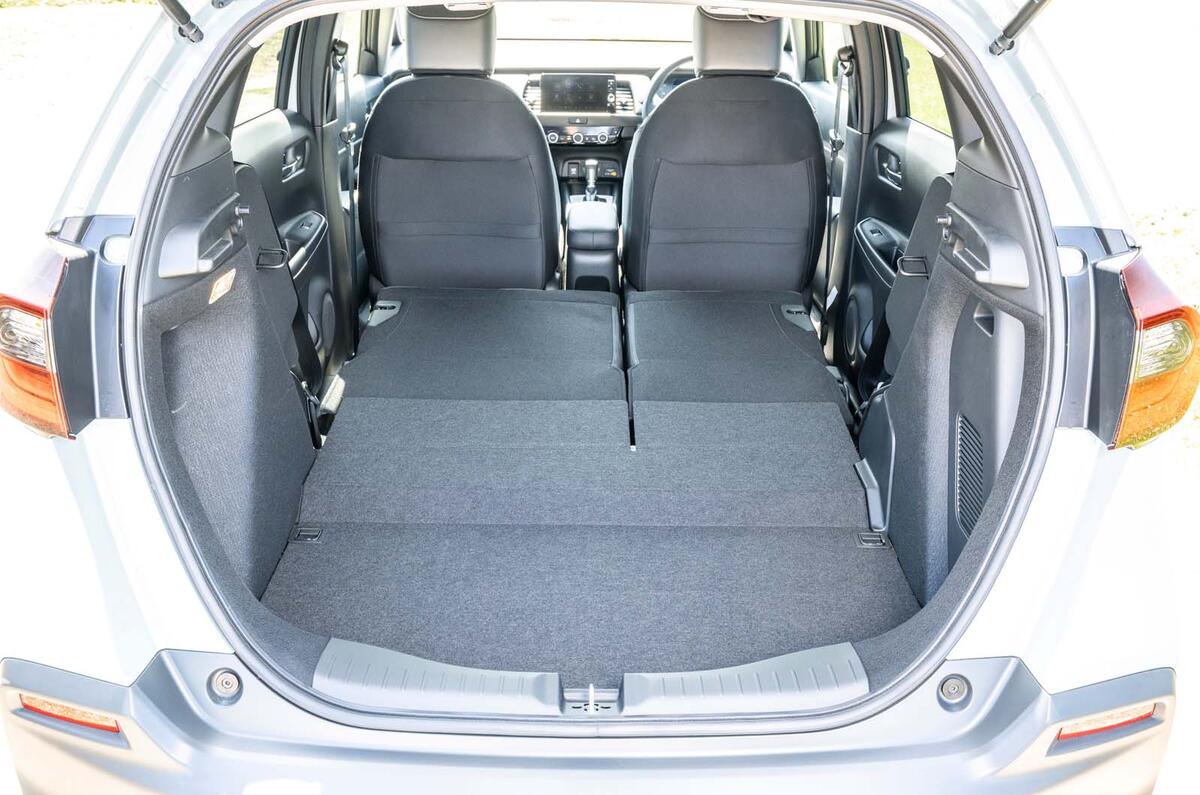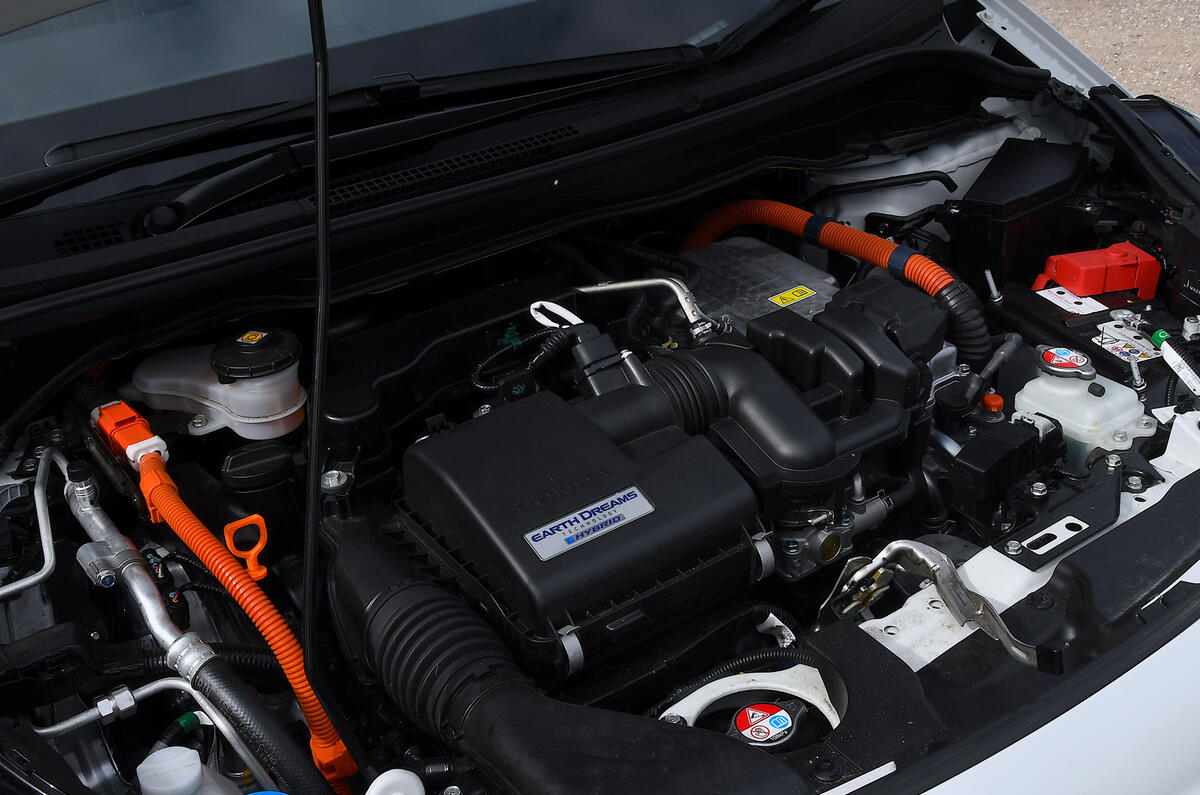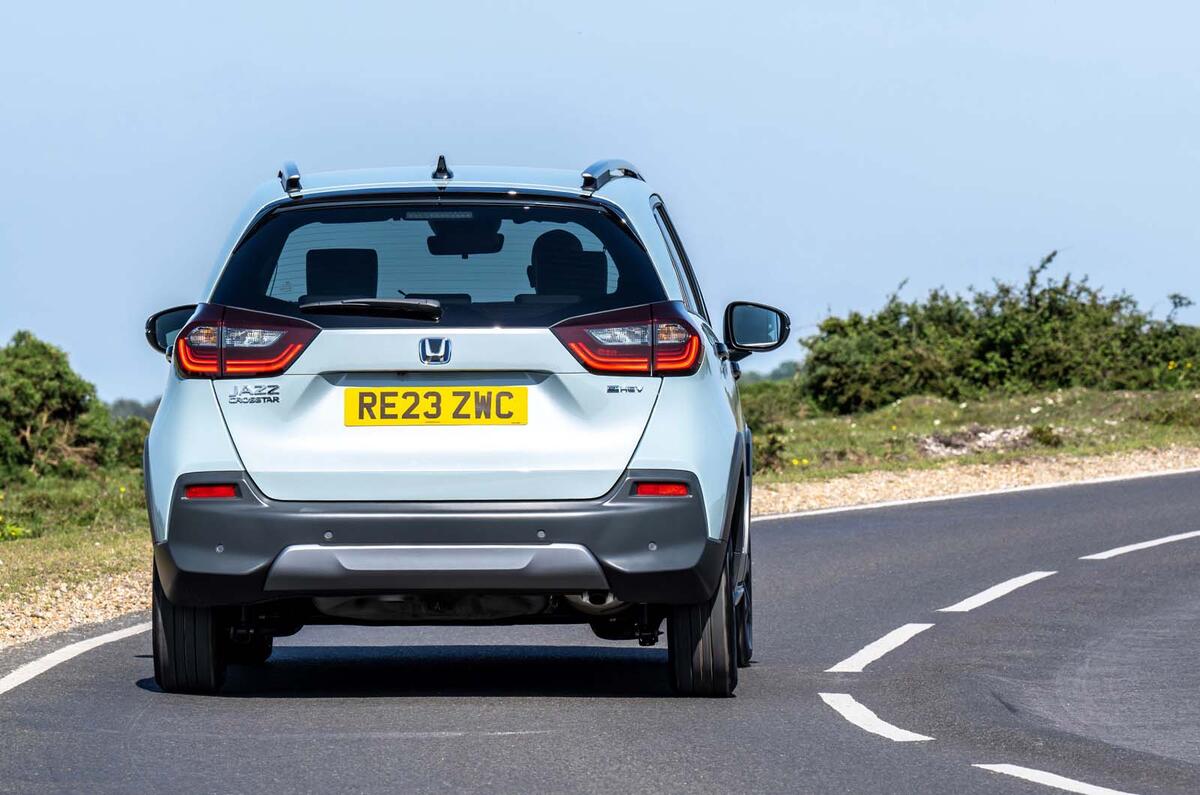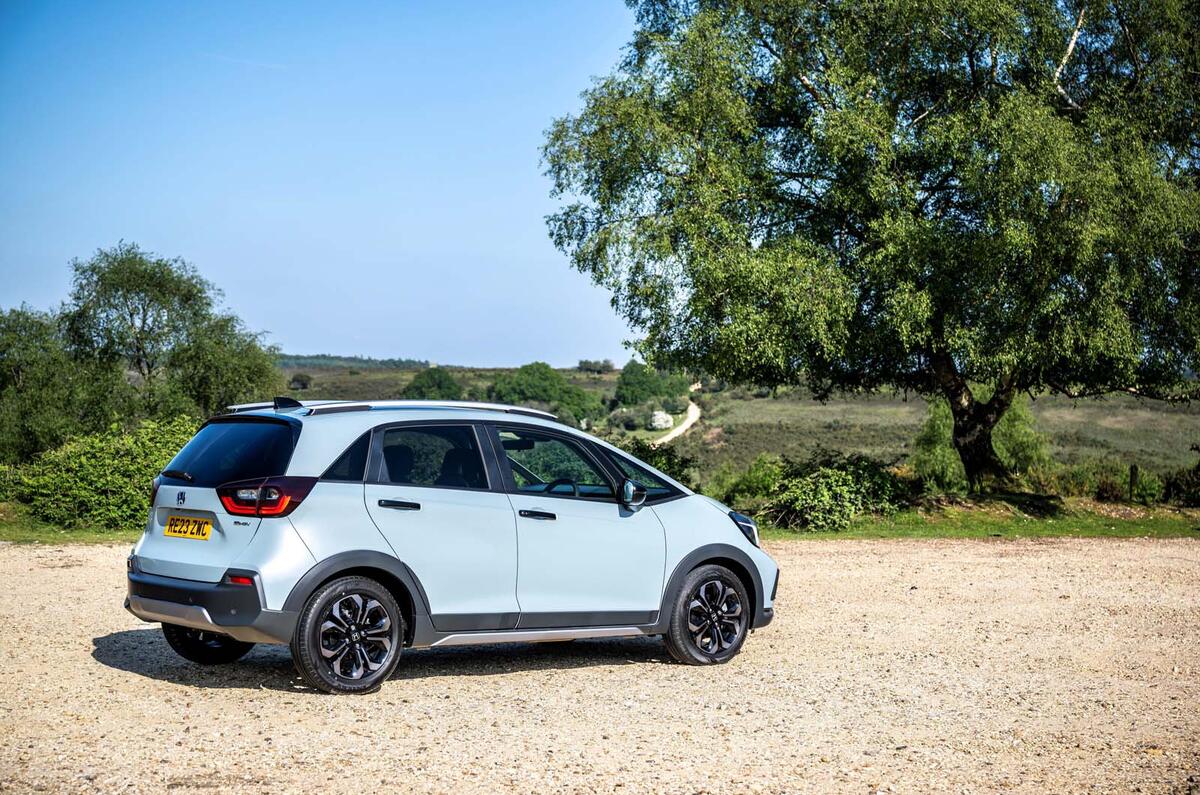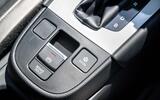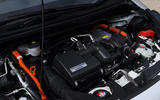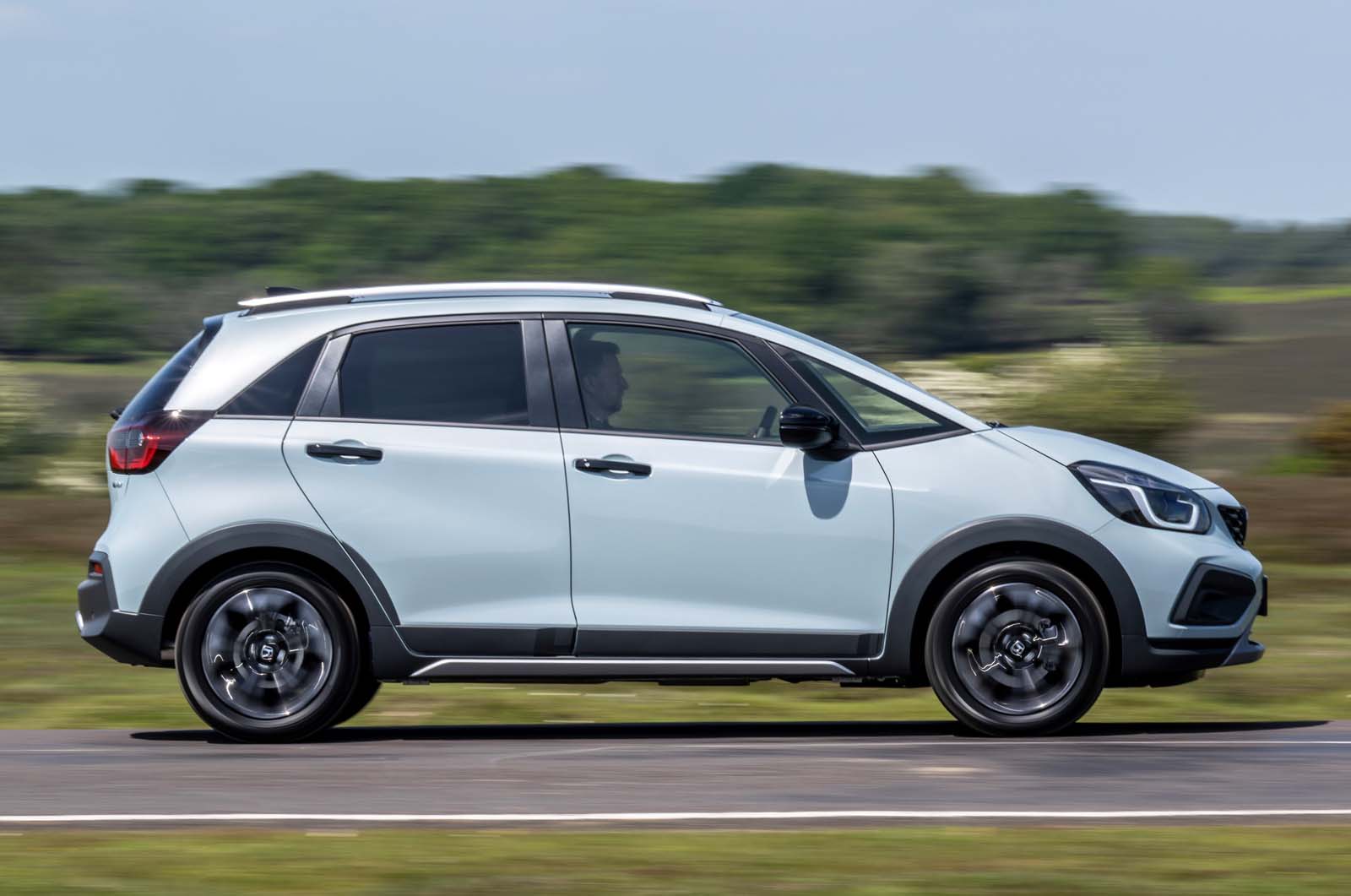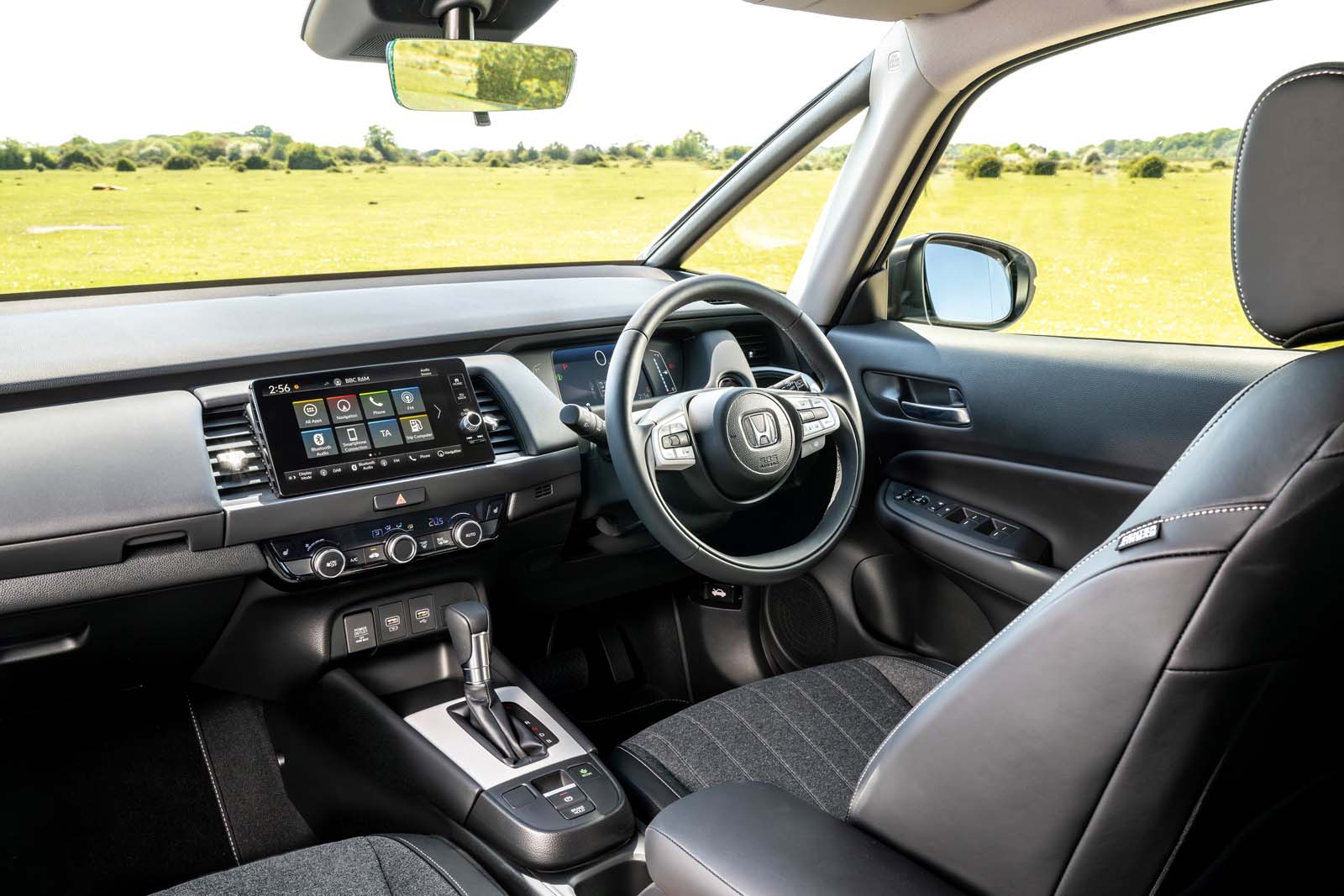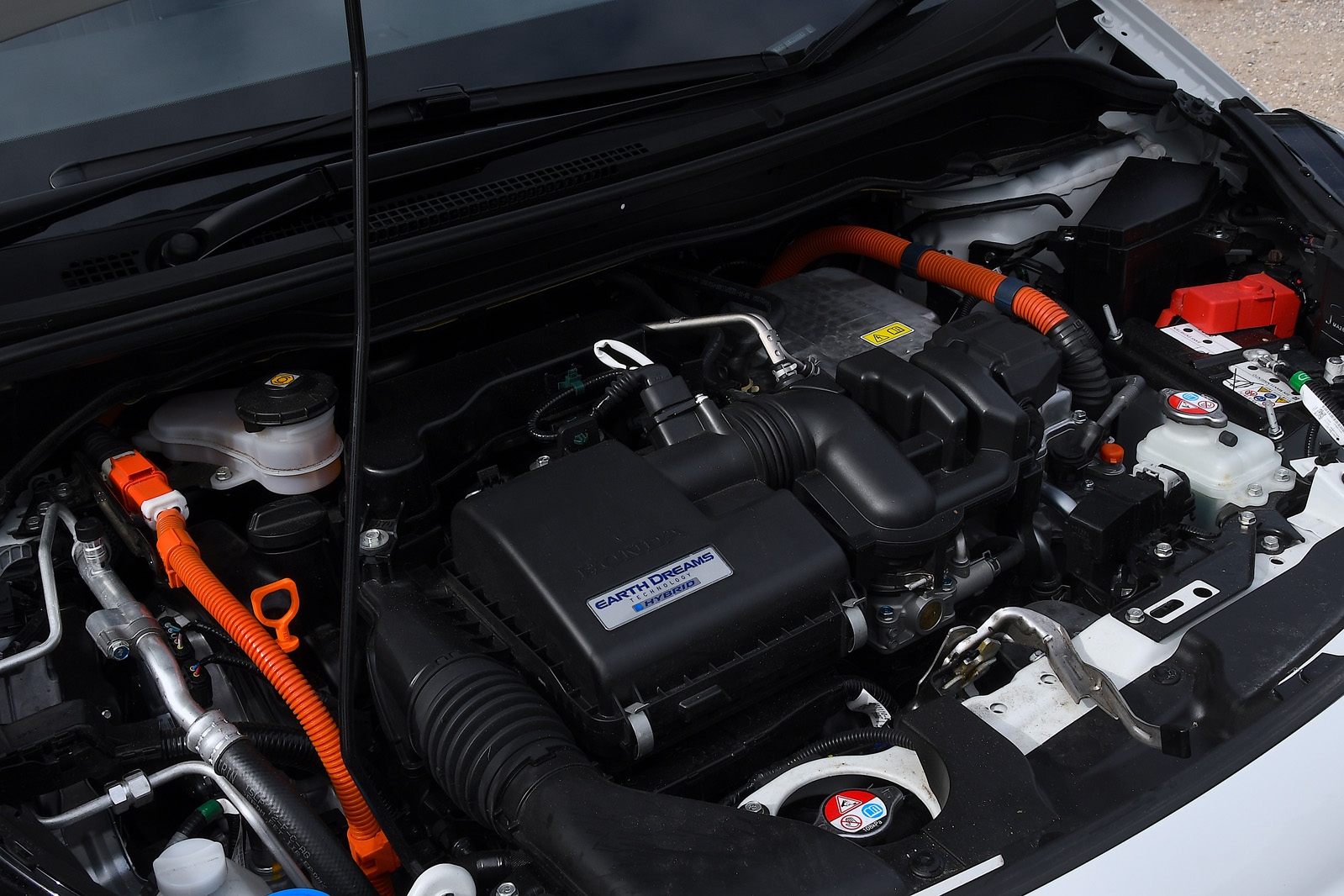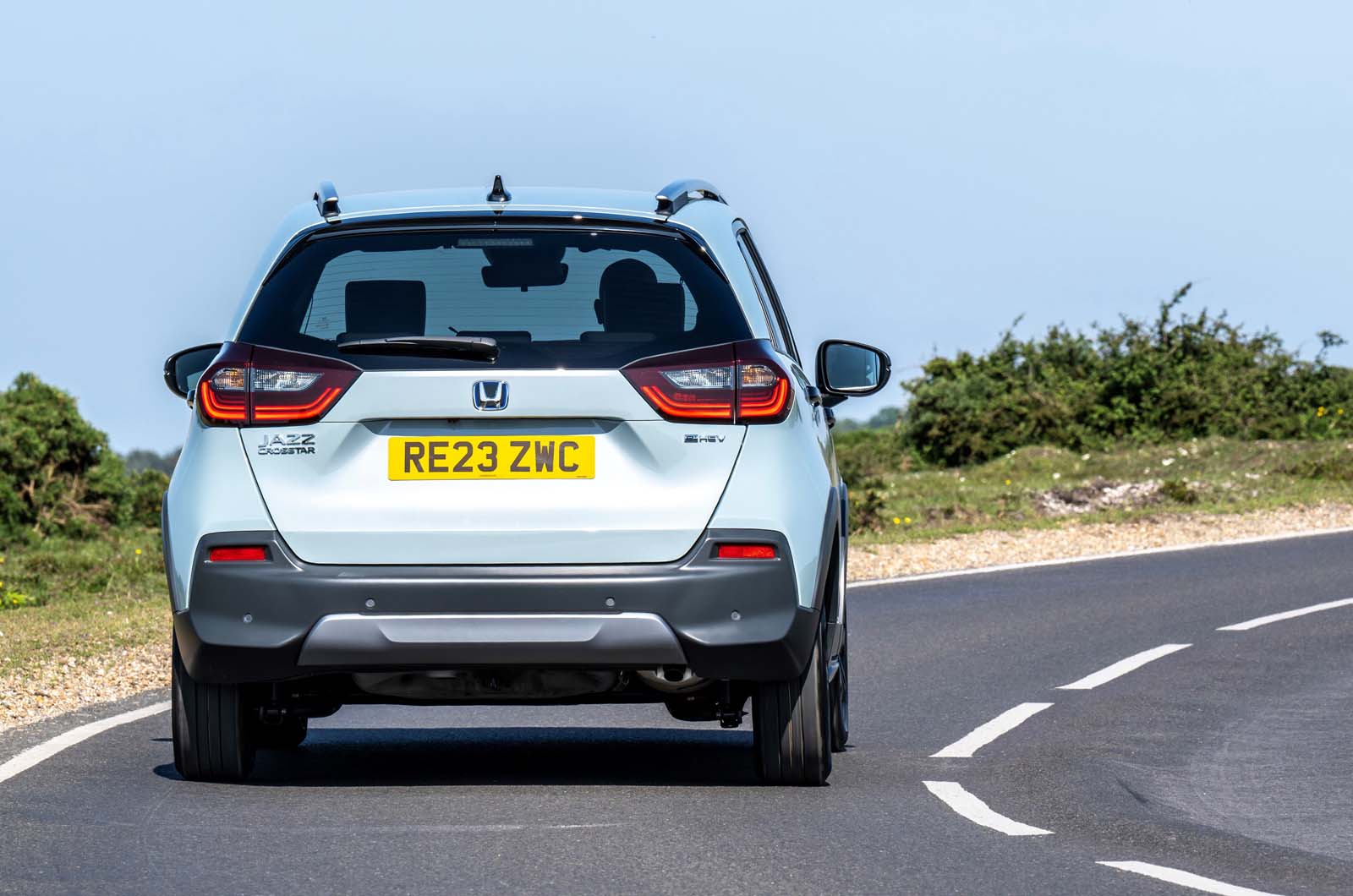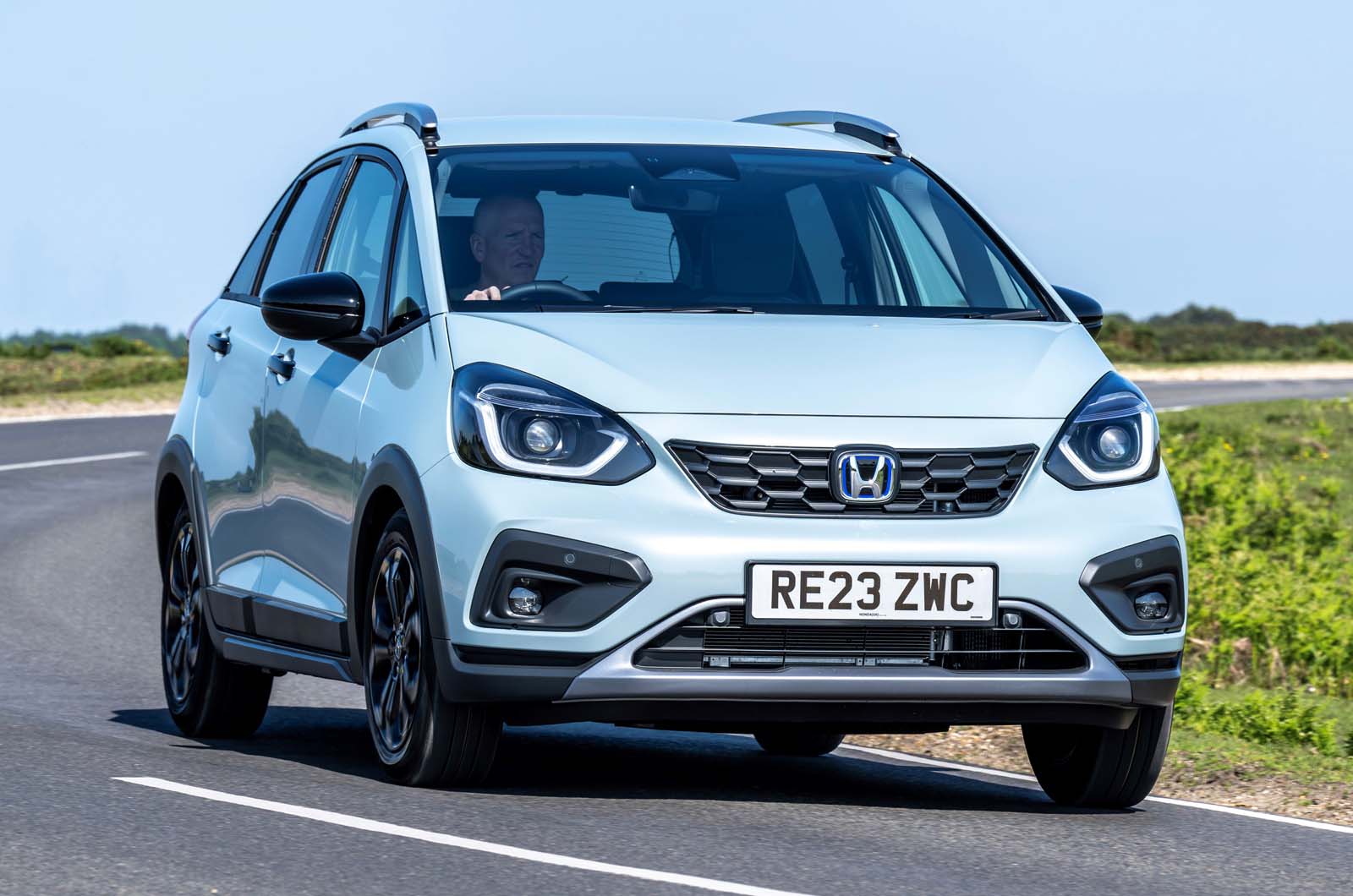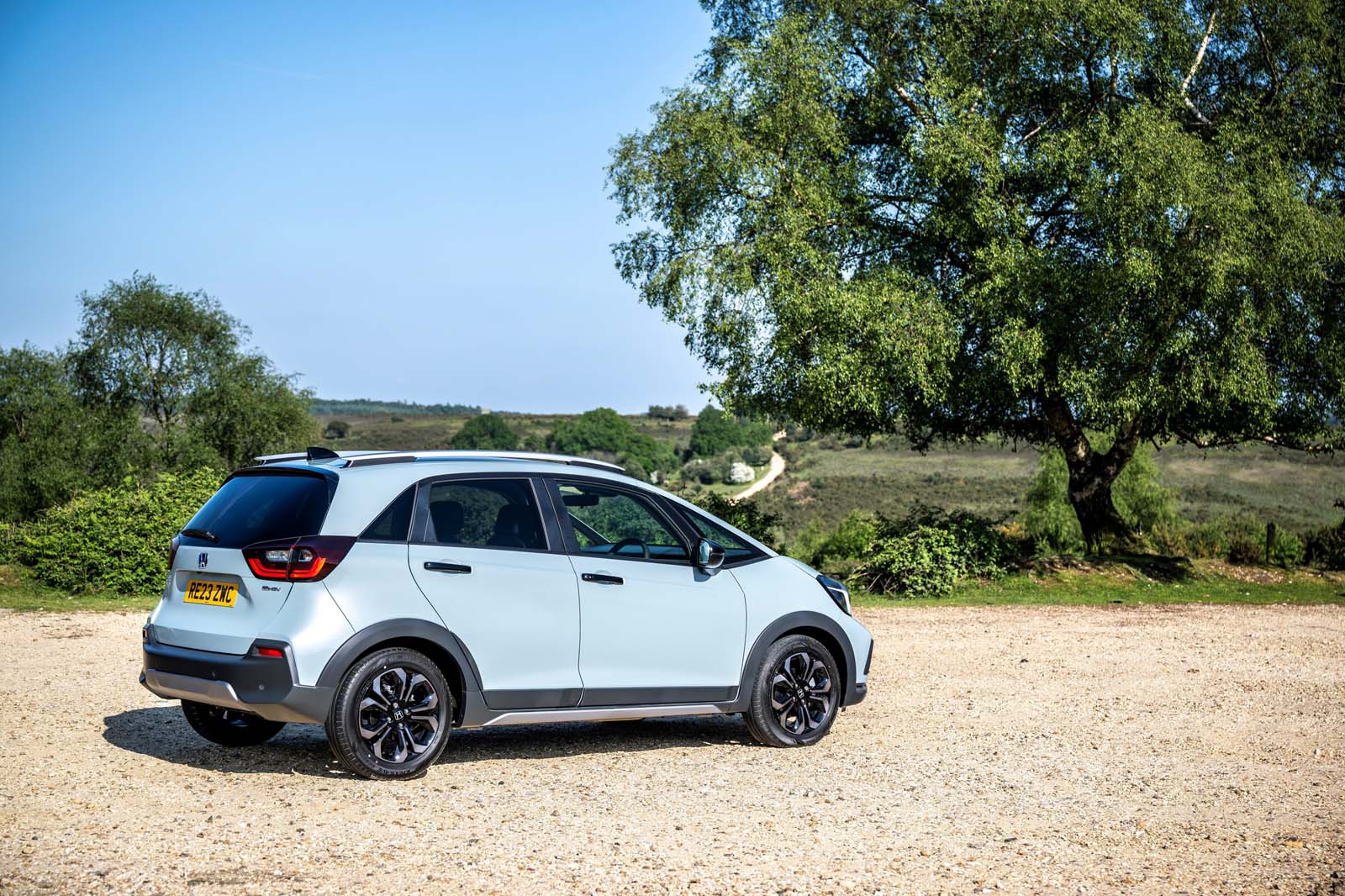They say it’s lonely at the top, but for the Honda Jazz and its rivals, that's equally true towards the other end of the scale too.
That's because the hybrid superminis of the world is a group that counts the Honda Jazz, Toyota Yaris, Renault Clio E-Tech and the MG 3 as its only members.
Compared with its rivals, the Jazz has always made functionality and practicality a high priority and it is often defined by its clever interior packaging.
Since its 2001 launch, the relatively compact Honda’s exceptional practicality and versatility have helped it to win favour with more than seven million buyers around the globe.
Hoping to build on that success is the fourth-generation model, which arrived on UK roads in 2020 before receiving a heavy update in 2023. What sets it apart from its supermini rivals is that the Jazz is sold exclusively with a petrol-electric powertrain in a bid to keep pace with ever-tightening emissions regulations.
But since this generation of Jazz made its debut in 2020, new versions of both the Renault Clio and Toyota Yaris have arrived. So how does the Honda Jazz stack up against its hybridised competitors and is its quirky styling and intelligent packaging still enough to catch the attention of wannabe supermini owners?




